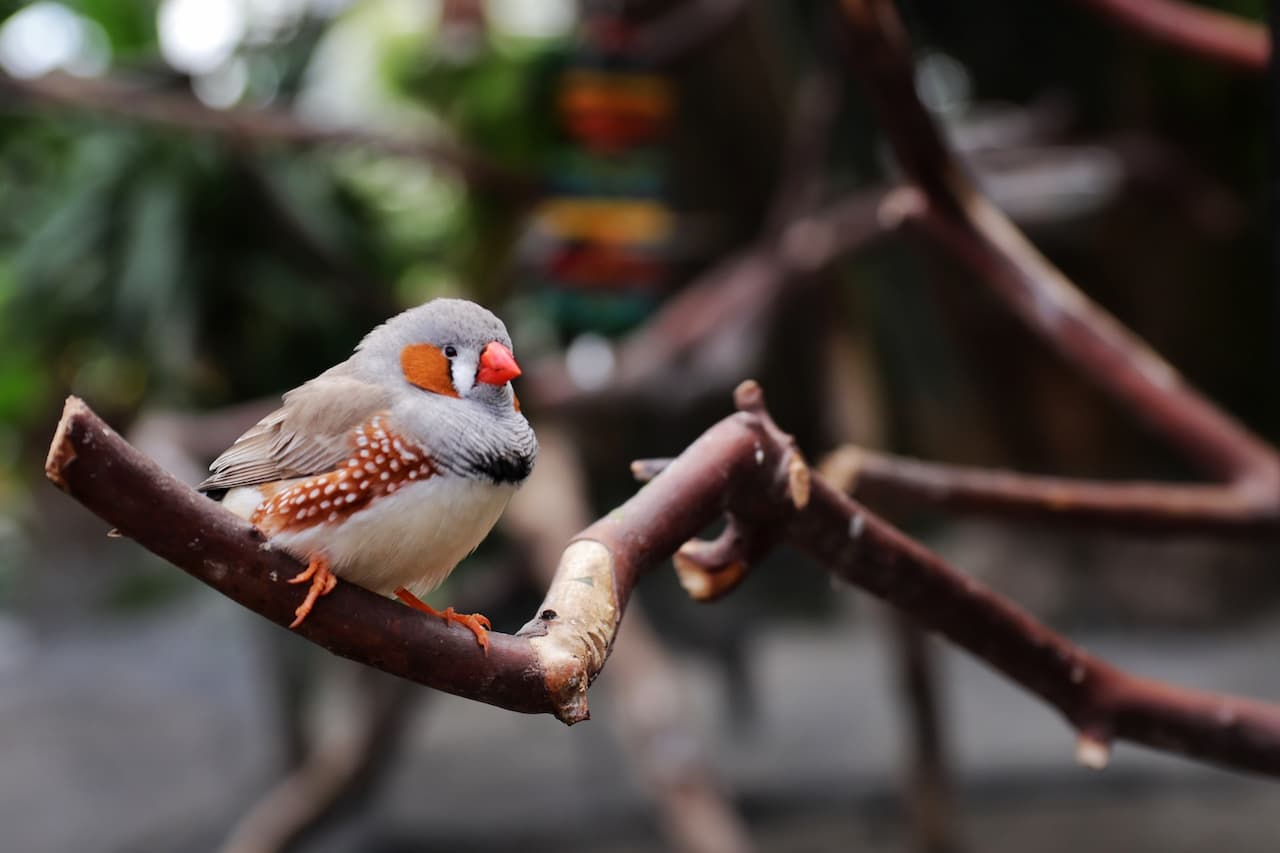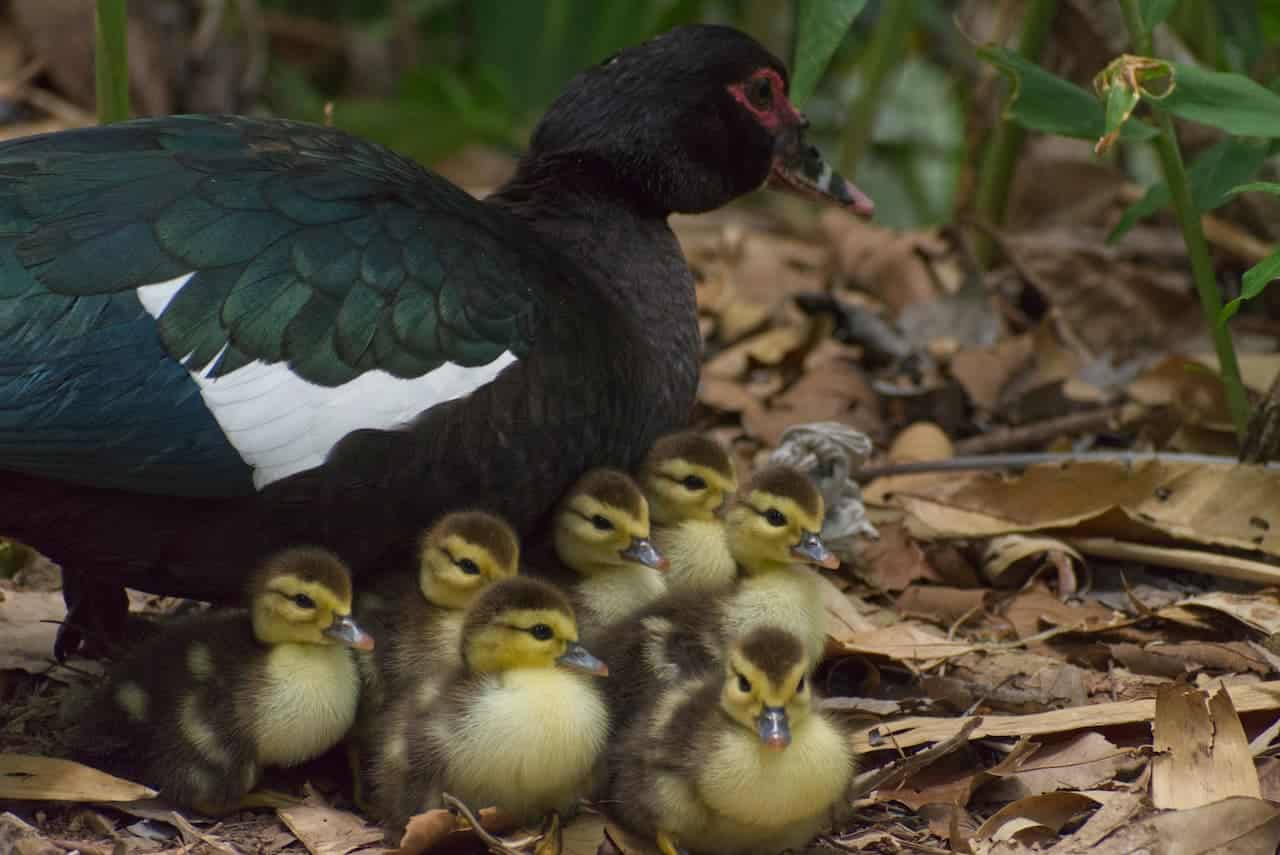Flores Scops Owl (Otus alfredi)
The Flores Scops Owls (Otus alfredi) are endemic to the island of Flores, Indonesia, where they are known only from two locations – in a range that is very small and severely fragmented. .
This species of scoops owls was originally collected on Gunung Repok in 1896 in the Todo mountains of south-west Flores.
The next record was a single immature bird that was collected on the northern slopes of Poco Mandasawu and an adult that was caught at Danau Ranamese in the Ruteng mountains.
The next sighting occurred at Danau Ranamese in 1997.
Their preferred elevations appear to be between 3,300 – 4,600) feet (1,000 – 1,400+ meters).
Their numbers are declining at a moderate rate due to the destruction of its forest habitat with a total population estimate of somewhere in the low hundreds or the low thousands (~ 250 – 2,499 individuals) – based on analysis of historical and recent records and surveys (BirdLife International 2001).
This species is, therefore, classified as Endangered.
Description
The Flores Scops Owls is small and compact – measuring about 7 – 8.3 inches (18 – 21 cm) in length, including the tail.
It has a solid dark rufous-brown facial disc with white eyebrows, fine white markings on the forehead and an unstreaked rufous crown and rufous-colored, short and rounded ear tufts.
The upper plumage is rufous with streaks or bars. The plumage below (chest, abdomen) are rusy-brown without any dark markings.
The flight feathers are barred rufous-and-white. The tail is unbarred. There is a white scapular line on each wing. The legs and feet are yellowish.
The eyes (irises) are yellowish.
Similar Species
It resembles the red-morph Moluccan Scops Owl; however, the latter is typically larger in size and has dark streaks on the crown (top of the head) and dark blotches on the chest.
The Wallace’s Scops Owl is larger and greyer, with orange eyes and dark markings on chest.
Calls / Vocalizations
Their calls are described as short, sharp call notes UH; and their territorial calls consist of distinctive short burst of loud, rapid staccato notes UH-UH-UH-UH.
Alternate (Global) Names
Chinese: ???? … Czech: Výrecek floreský, výre?ek floreský … Danish: Floresdværghornugle … Dutch: Flores-dwergooruil … Estonian: florese päll … Finnish: Floresinpöllönen … French: Petit-duc de Florès … German: Floreseule, Flores-Zwergohreule … Indonesian: Celepuk Flores … Italian: Assiolo di Flores … Japanese: furoresukonohazuku … Norwegian: Floresugle … Polish: Syczek bia?obrzuchy, syczek rdzawy … Russian: ????? ??????, ?????????? ????? … Slovak: výrik floreský … Spanish: Autillo de Flores … Swedish: Floresdvärguv
Additional Resources
More Owl Information
- Owl Information
- Index of Owl Species with Pictures
- Owl Eyes / Vision Adaptations
- Pygmy Owls
- Barn Owls
- Horned Owls
- Scops Owls




